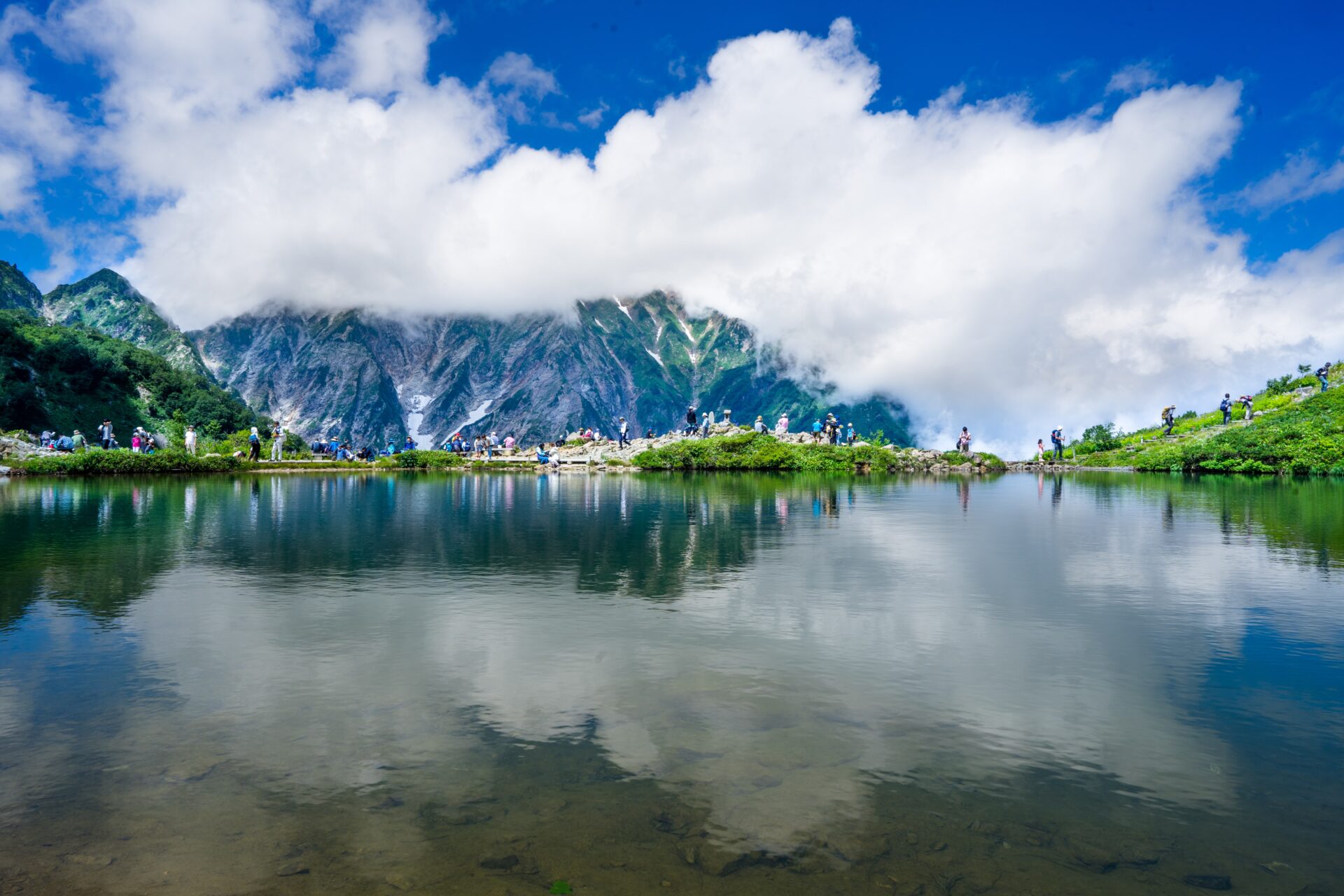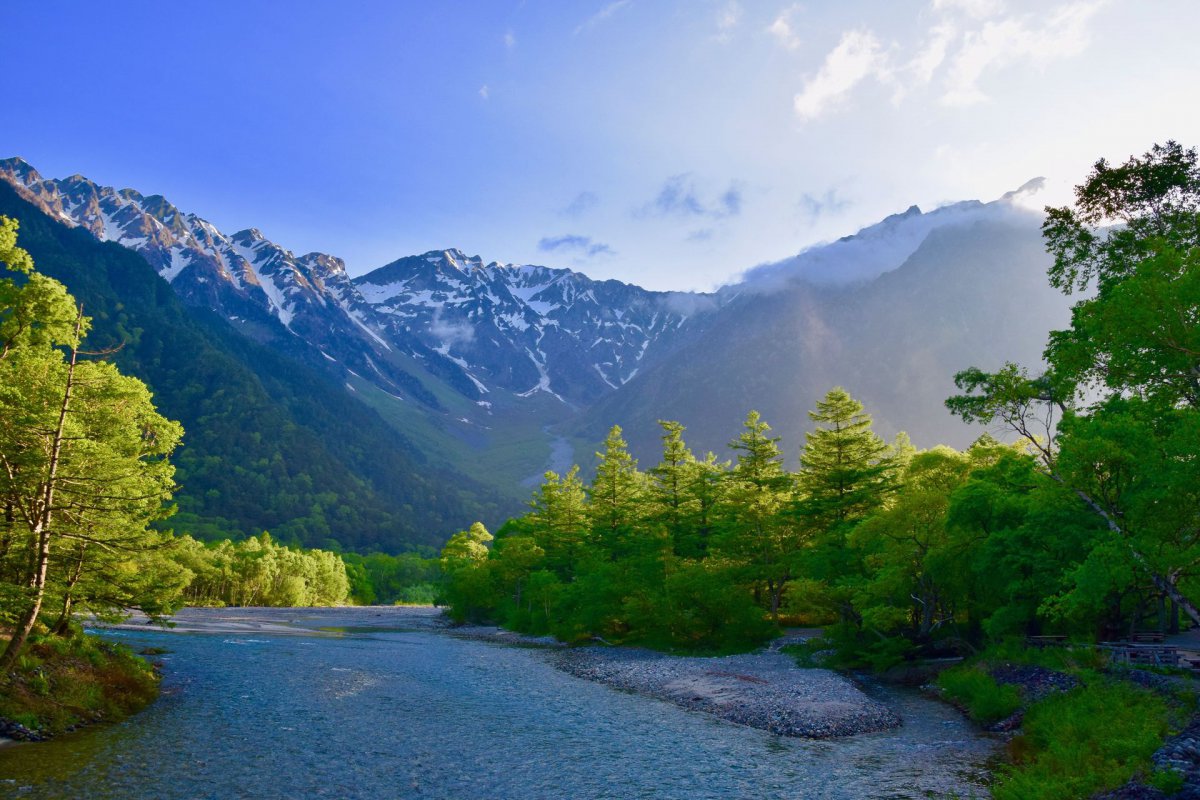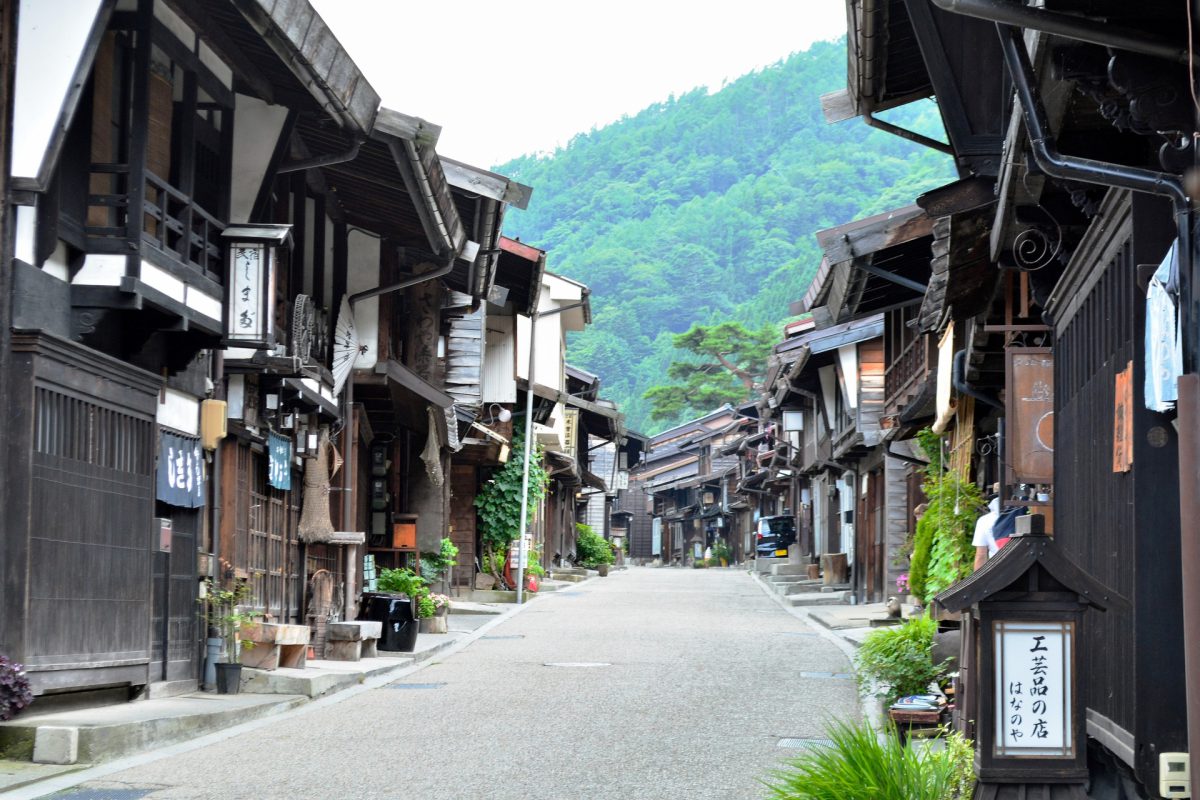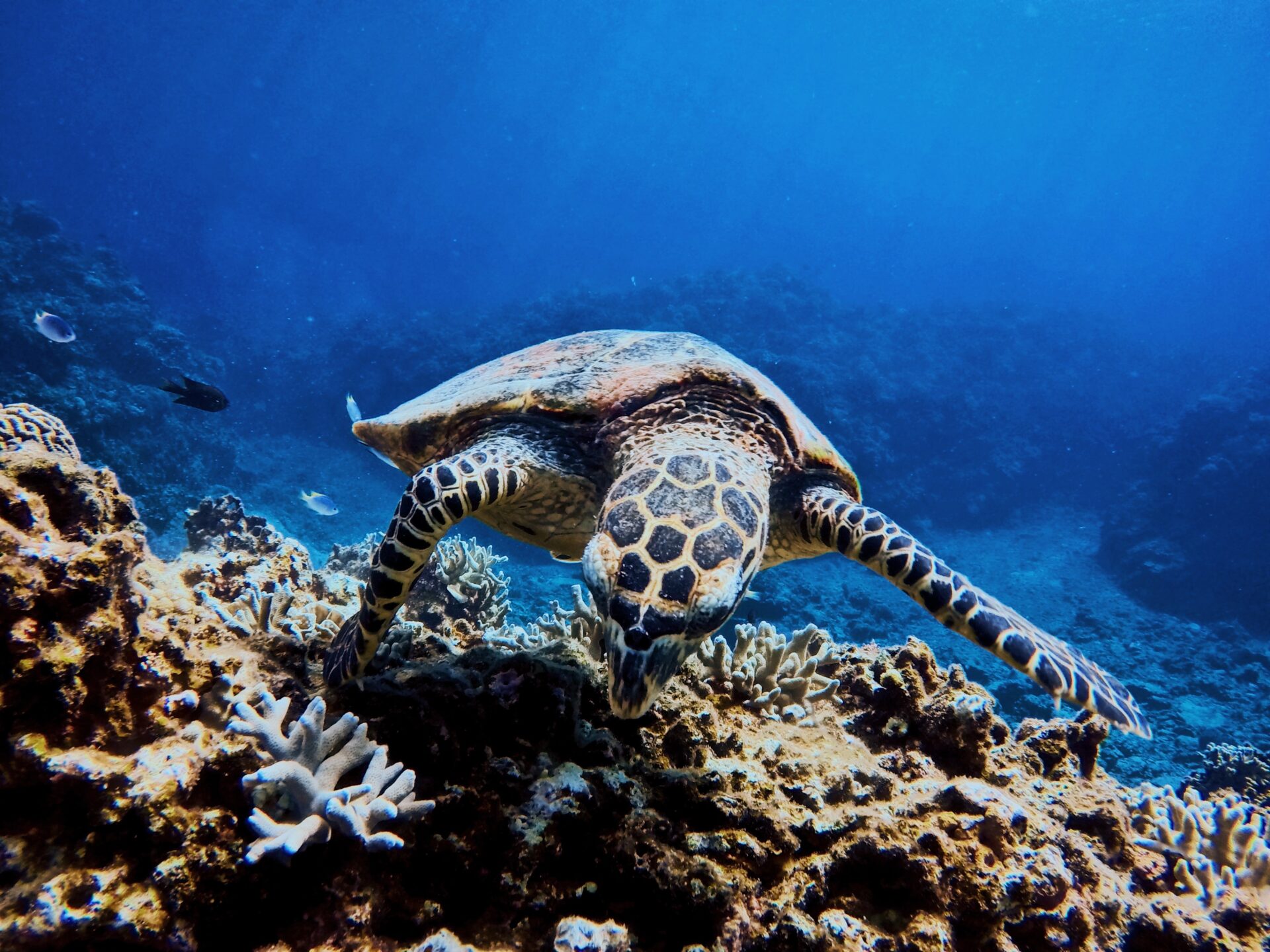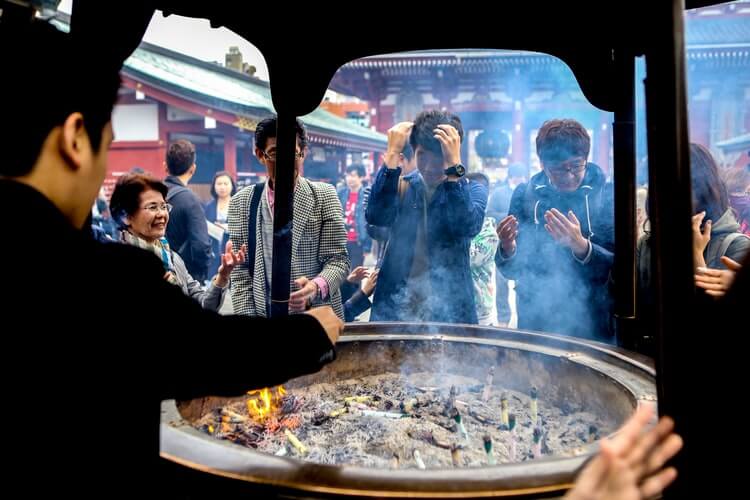Nagano is a landlocked prefecture located in central Japan (Chubu Region) surrounded by 8 other prefectures. The city of Nagano is the capital of Nagano Prefecture as well as serving as its largest city. Nagano is renowned for its mountain ranges, lakes, castles, shrines and overall scenic beauty. Nagano plays a very important role in Japanese history and was once a host city for the Winter Olympics. Though Nagano is famous for destination for winter activities, including skiing and visiting the snow monkeys, there are many things to enjoy in all seasons, even summer. The cooler temperature in the mountainous area offers a welcome escape from Tokyo’s summer heat. Alternate exploring the highlights of Tokyo, with a refreshing trip to the Japanese Alps. Here are some things that you can enjoy during the summer in Nagano.
1. Hiking the Japanese Alps
There are hundreds of hiking trails available in in Nagano, ranging from easy and short hikes suitable for beginners to challenging, multi-day hikes that require some hiking experience and hiking gear. The Japanese Alps are truly a mecca for hiking in Japan, having 9 out of 15 of the tallest mountains in Japan!
Kamikochi, also known as the Upper Highlands, is located in Western Nagano Prefecture. This mountainous valley in the Hida Mountains is affectionately referred to as the Northern Alps and also as the Japanese Yosemite Valley. It is currently managed and preserved by the Chūbu-Sangaku National Park and is considered a National Cultural Asset. From the mountains to the many ponds formed from melted snow, you can truly appreciate the outdoors and the experiences that it offers. There is even an active volcano nearby; Mt. Yake. This area has 2 large campsites and numerous hotels, both in the western style as well as the traditional Japanese style, known as ryokan. Shuttle buses are the best means to get here as private vehicles have been restricted since 1994 in order to preserve the natural habitat.
Nakasendo or Kisokaido, also known as the Central Mountain Route, is another great hike. It is an inland trail and part of the route that connected Kyoto to present-day Tokyo. It was so popular that even the great haiku master Matsuo Basho traveled this route. This popular trail will give you an insight in how life in Japan was back in the day.

【Nagano Morning Fog in Kamikochi】,©【 suzuhiro】,Creative commons 4.0 
Nakasendo
2. Mountain biking
The mountainous terrain of Nagano makes the prefecture a destination for mountain bike enthusiast as well. The prefecture is home to one of Japan’s largest mountain bike fields Fujimi Panorama Resort, suitable for both beginners as well as advanced riders. There are many biking courses available as well as tours.
Hakuba is village in Nagano Prefecture that is an internationally renowned ski resort town. Due to annual snowfall of about 11 meters in has become home to more than 10 ski resorts and was part of the 1998 Winter Olympics. However, skiing is not the only thing to do in Hakuba. With the Tateyama Mountains on the west side, it is a great place for hiking, climbing, mountain biking, rafting, paragliding and even bird watching. Tours are also available to see the snow monkeys or view the castle ruins.
Nozawa Onsen is about a one hour drive from Nagano City and is surrounded by mountains and rivers. Though it has cold winters, the summers are surprisingly warm. Legend has it that the hot springs in this town were discovered in the 8th century by a Buddhist monk named Gyoki. It’s a good place to relax after a long bike ride and enjoy some local cuisine.
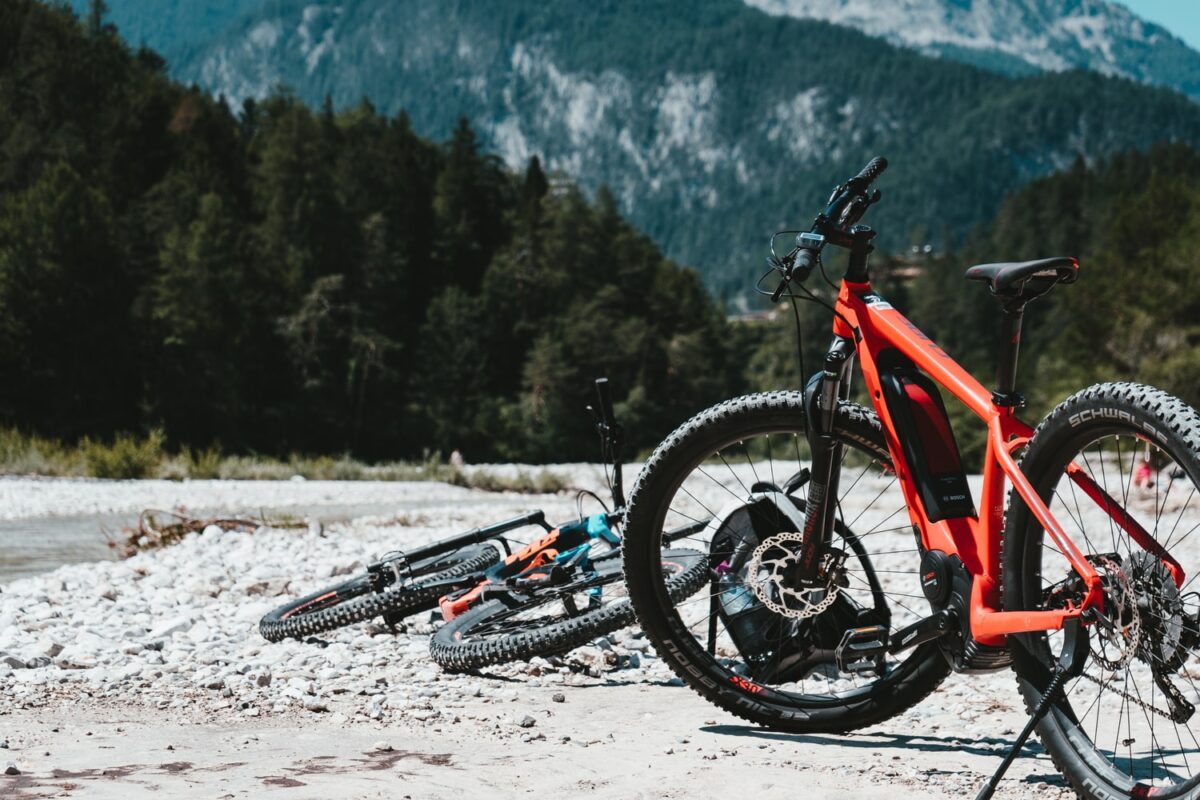
3. Tateyama-Kurobe Alpine Route
The Tateyama-Kurobe Alpine Route is a mountain sightseeing route and was opened in 1971. It runs between Tateyama, Toyama and Nagano. Along this route one can find Kurobe Dam, Japan’s largest dam. Mountain climbing and trekking are also incredibly popular. There are various ways to get around including buses, trolleys and aerial trams. Oyama Shrine can be found at the highest point of Oranijiyama and the Devil’s Valley (Jigokudani) is a must-see. Midagahara are open plains with many ponds and Shomyo Falls, the tallest waterfall in Japan at 350 meters, is nearby. After an exciting day, one can go shopping or relax in the onsen that are available. Contrary to what you may believe, this place is best to be visited in summer, as it is closed in winter and opens in April.

4. Rafting (Tenryū Gorge)
Tenryū Gorge is a nationally designated Place of Scenic Beauty and extremely popular for sightseeing due to the ease in which visitors can get there as well as its hot springs resorts. Rafting on the river is a fun way to spend a warm summer afternoon. Riding on the clear water of the Tenryu River is a popular and thrilling experience for anyone. You can raft down the entire length of about 23km!

5. Unkai watching
Unkai is a Japanese term used to describe the sea-like appearance when clouds completely cover the bottom of a mountain, as if the peak is just floating there. Unkai is one of the most beautiful natural occurrences in Japan that can only be seen when the circumstances are right. in Nagano there are a few places where you can see this beautiful phenomenon.
Unkai Watching Ryuo’s Sora Terrace is at the top of the Ryuoo Ski Park’s lift and is a spacious 1,776 meter terrace. It boasts views of surrounding mountains: Mt. Kosha and the Hokushin Gogaku which includes Mt. Iizuna, Kurohime, Togakushi, Madarao and Myoko. After taking in the view, one can easily follow the many hiking trails and see the beautiful assortment of flowers, or hop on a nearby ropeway for a ride in the sky. Shibu Toge Pass, between Mount Yokote and Mount Kusatsu Shirane, is one of the highest roads in Japan and allows visitors to see the unkai during a long period of the year than some other locations. Lastly, Takabocchi Kogen offers the image of unkai with Mount Fuji in the background from september to march.
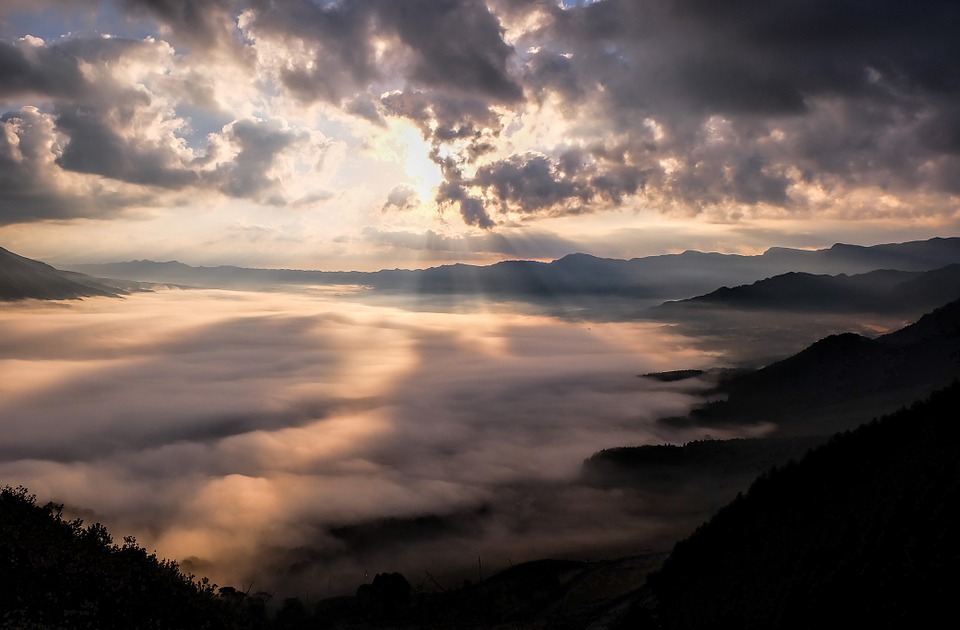
6. Happo Pond
Happo Pond (八方池) is a beautiful lake located at the northern end of the Northern Japan Alps, at a little over 2,000 metres above sea level. The pond can be accessed partially by a chairlift up that will get you to a 1,820-meter elevation. From there it is another 90 minutes to the pond, the hiking trail and provides a beautiful view of the surrounding area. For those looking for a more challenging hike, you can continue from there to 2,696m Mt. Karamatsu.
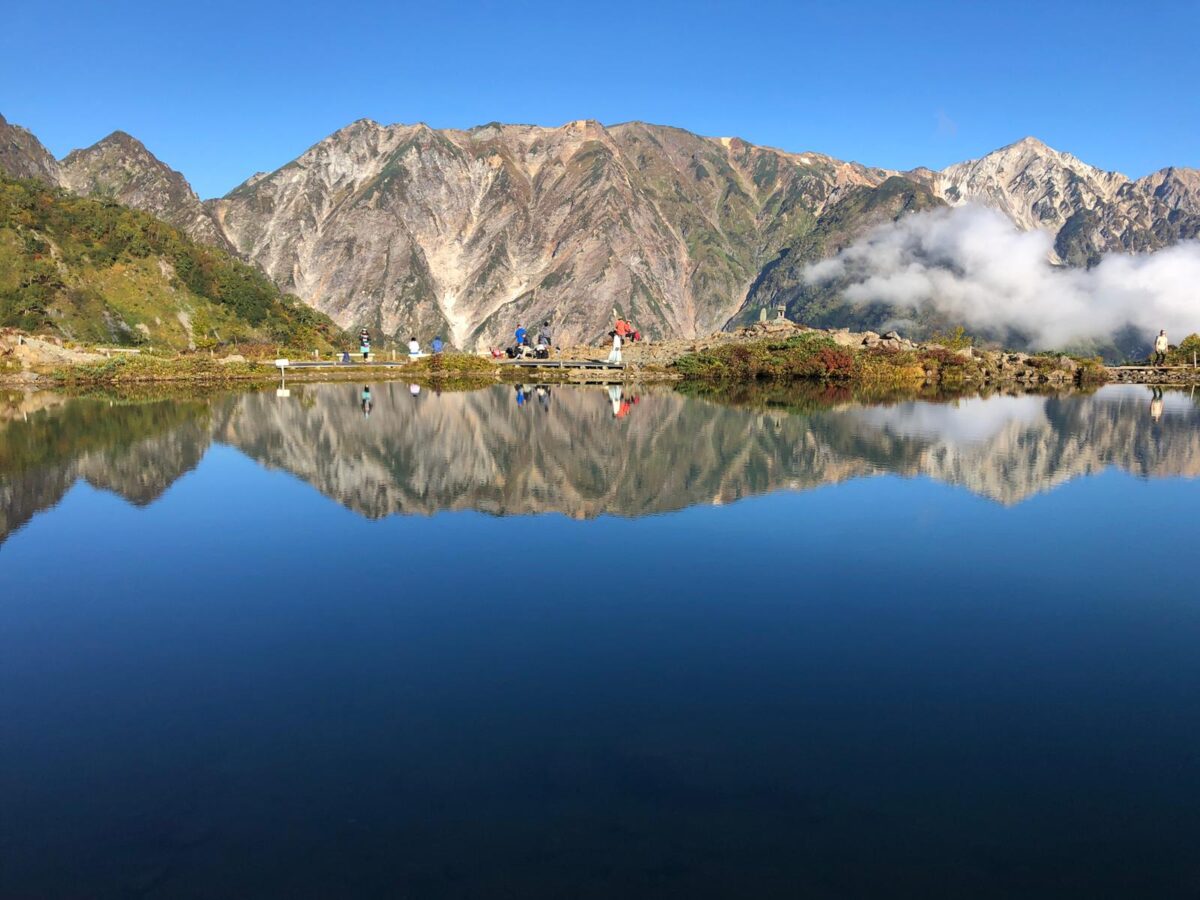
7. Canyoning
Canyoning is a super popular activity in summer in Nagano. Two of the most popular places to slide down waterfalls and splash in to deep pools are Kamoshika Canyon and Nagiso Canyon. The best time to plunge down the beautiful rock formations into crystal clear waters is in July or if you’re are looking for the wildest water adventures, you will want to go in May/June when there is heavy meltwater. You may need to hike from time-to-time, but you spend most of the day on the rocks and in the water. What better way to spend a hot summer day!
Canyoning adventures in Nagiso Canyon
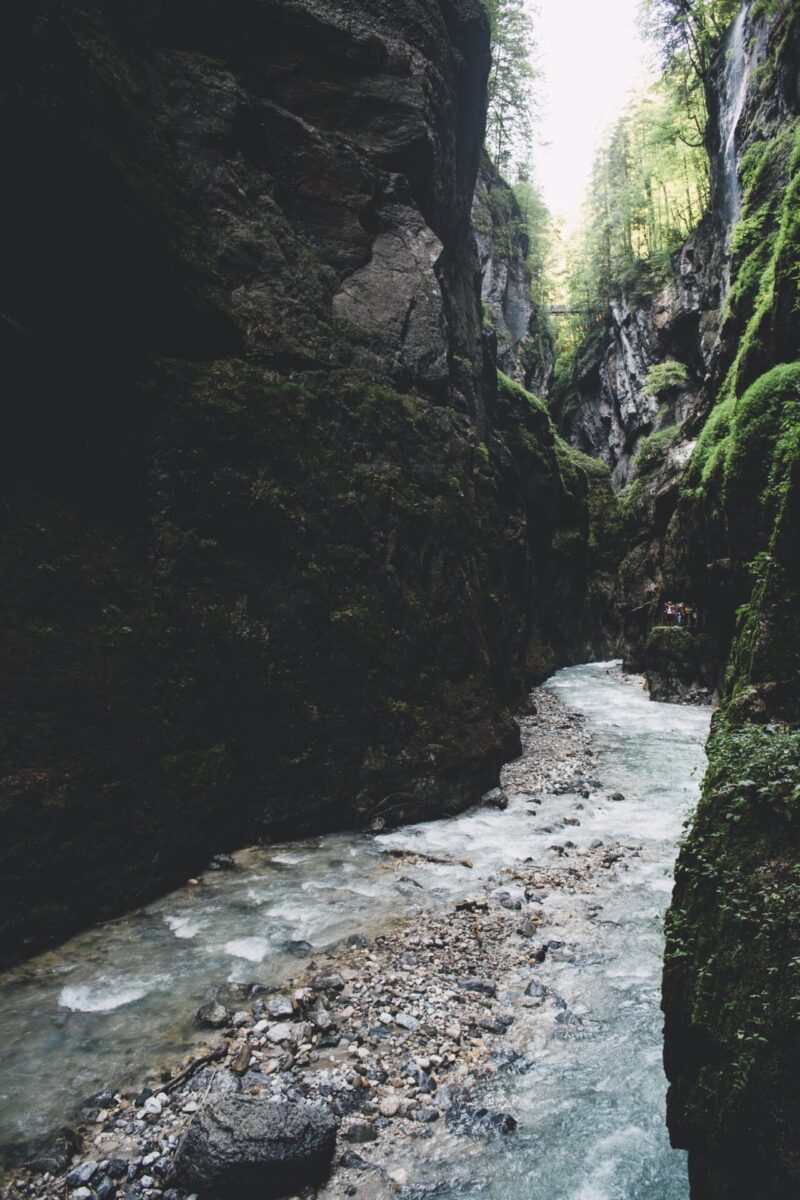
8. Cultural heritage Togakushi
Located in the forested area about one hour north-west from the city of Nagano from Togakushi is famous for its scenic beauty and cultural heritage. The area is home to one of the most important Shinto shrines of Japan; Togakushi Shrine. Togakushi Shrine is actually made up of 5 shrines, each celebrating different deities. You can travel to each of these shrines by foot if you are looking to get a bit more exercise and enjoy outdoor scenery with giant cedar trees lining the trail. Togakushi is also the birthplace of the Togakure school of ninja and the Kitano Museum of Art opened a branch here in 2015, many fun things to do here in the area. If you wish to stay overnight, you can stay at one of Japan’s largest camping grounds that has space for over 350 campers!
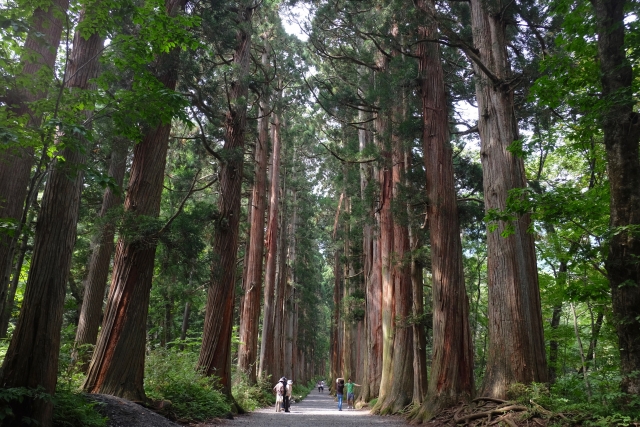
9. Fireworks at Lake Suwa
Summer marks the festival season in Japan, with spectacular firework displays almost every other weekend. On the shore of Lake Suwa, located in the Kiso Mountain Range which is home to some of the most important and well preserved post towns of the Nakasendo Trail, the Lake Suwa Fireworks Festival is held every year in mid-August. The festival originally started in 1949 to lift the spirits of the Japanese people in a chaotic period after Japan was defeated in WWⅡ. The festival is one of the largest firework displays of Japan, with an incredible 40,000 fireworks going up in the air!

When most people think of Nagano, they naturally think about winter sports. Although Nagano certainly has an amazing selection of winter activities to choose from, Nagano offers plenty of activities all year round. The Japanese Alps in Nagano offer plenty to do in summer, like mountain biking, rafting, canyoning, and more. A great way to escape the blistering heat in Tokyo!
Follow us on Instagram, Facebook and Twitter for more travel inspiration. Or tag us to get featured!
Happy traveling!
Articles you may enjoy reading

Trevor Jones is an educator and an aspiring marketer. Originally from the United States, he moved to Tokyo in 2017. Trevor enjoys exploring new destinations and sharing his experiences. He can be found on Instagram at @tjones312
This post may contain some affiliate links. When you click through and make a purchase we may receive some commission, at no extra costs to you
